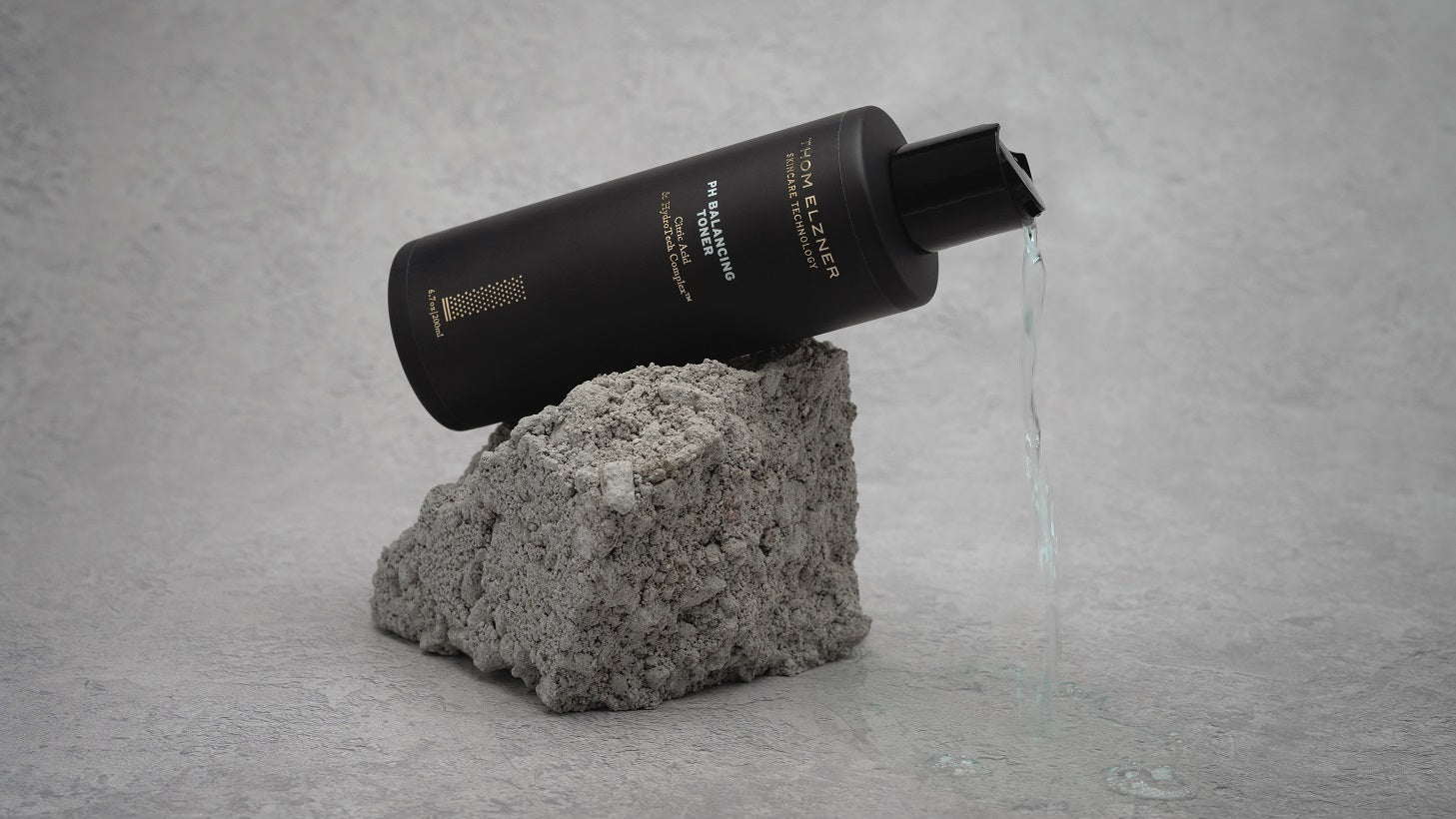
Beit She’an is a city in northern Israel with a rich history dating back thousands of years. Nestled at the junction of the Jordan River Valley and Jezreel Valley, this ancient city has witnessed the rise and fall of many civilizations. From the Egyptians to the Romans, each left their mark on Beit She’an, making it a treasure trove of archaeological wonders. Did you know that Beit She’an was once a major center of commerce and culture? Its impressive ruins, including a well-preserved Roman theater and Byzantine bathhouse, offer a glimpse into its glorious past. Curious about what makes Beit She’an so special? Here are 22 fascinating facts that will transport you back in time and reveal the secrets of this historical gem.
Ancient Origins
Beit She’an, a city in Israel, has a rich history dating back thousands of years. Its strategic location made it a significant site for various civilizations.
-
Beit She’an's earliest settlement dates back to the 5th millennium BCE. Archaeologists have found evidence of human habitation from the Chalcolithic period.
-
The city was a major Egyptian administrative center. During the Late Bronze Age, it served as a crucial outpost for the Egyptian empire.
-
King Saul's body was displayed on Beit She’an's walls. After his defeat by the Philistines, his body was hung on the city walls as a warning.
-
Alexander the Great conquered Beit She’an in 332 BCE. The city became part of the Hellenistic world, influencing its culture and architecture.
Roman Influence
The Romans left a significant mark on Beit She’an, transforming it into a bustling metropolis. Their architectural prowess is still visible today.
-
Beit She’an was renamed Scythopolis by the Romans. This name reflected the influence of the Scythian mercenaries who settled there.
-
The city had a grand Roman theater. Built in the 2nd century CE, it could seat around 7,000 spectators and hosted various performances.
-
Beit She’an featured a sophisticated bathhouse. Roman bathhouses were centers of social life, and this one was no exception, boasting advanced heating systems.
-
A colonnaded street, or cardo, ran through the city. This main thoroughfare was lined with shops and public buildings, showcasing Roman urban planning.
Byzantine Era
During the Byzantine period, Beit She’an continued to thrive, becoming a prominent Christian center.
-
The city had several impressive churches. These structures featured intricate mosaics and were central to community life.
-
Beit She’an was part of the Byzantine Empire's defense system. Its strategic location made it a key point in the empire’s network of fortifications.
-
A devastating earthquake struck in 749 CE. This natural disaster caused significant damage, leading to the city’s decline.
Islamic and Crusader Periods
Beit She’an saw various rulers during the Islamic and Crusader periods, each leaving their mark on the city.
-
The Umayyad Caliphate controlled Beit She’an. They built new structures and integrated the city into their empire.
-
Crusaders fortified Beit She’an. They constructed a castle to protect their interests in the region.
-
The city was known as Baysan during the Islamic period. This name reflects its continued importance in the region.
Modern Rediscovery
Beit She’an's ancient ruins have been uncovered, revealing its historical significance and attracting visitors from around the world.
-
Excavations began in the 1920s. Archaeologists have since uncovered many of the city’s ancient structures.
-
Beit She’an National Park was established in 1960. This park preserves the city’s ruins and educates visitors about its history.
-
The Roman theater is a popular tourist attraction. Visitors can explore this well-preserved structure and imagine ancient performances.
-
Beit She’an’s ancient bathhouse is open to the public. This site offers a glimpse into Roman daily life and engineering.
Cultural Significance
Beit She’an's rich history and diverse influences make it a cultural treasure.
-
The city’s mosaics are renowned for their beauty. These artworks depict various scenes and showcase the skill of ancient artisans.
-
Beit She’an hosts an annual light and sound show. This event brings the city’s history to life through modern technology.
-
The city is mentioned in the Bible. Its biblical references highlight its long-standing significance in the region.
-
Beit She’an continues to be a site of archaeological research. Ongoing excavations reveal new insights into its past.
The Final Word on Beit She’an
Beit She’an is a treasure trove of history and culture. From ancient ruins to modern attractions, this city offers a unique blend of the past and present. Visitors can explore Roman theaters, Byzantine mosaics, and even a Crusader fortress. The city’s strategic location made it a significant player in various historical events, and its well-preserved sites tell stories of different civilizations that once thrived here.
Whether you're a history buff or just looking for a fascinating place to visit, Beit She’an won't disappoint. The archaeological park is a must-see, offering a glimpse into the grandeur of ancient times. Don't forget to check out the local markets and eateries for a taste of contemporary Israeli culture. Beit She’an is more than just a historical site; it's a living, breathing testament to the rich tapestry of human history.
Was this page helpful?
Our commitment to delivering trustworthy and engaging content is at the heart of what we do. Each fact on our site is contributed by real users like you, bringing a wealth of diverse insights and information. To ensure the highest standards of accuracy and reliability, our dedicated editors meticulously review each submission. This process guarantees that the facts we share are not only fascinating but also credible. Trust in our commitment to quality and authenticity as you explore and learn with us.


